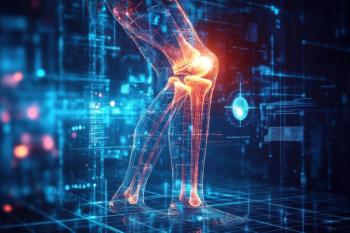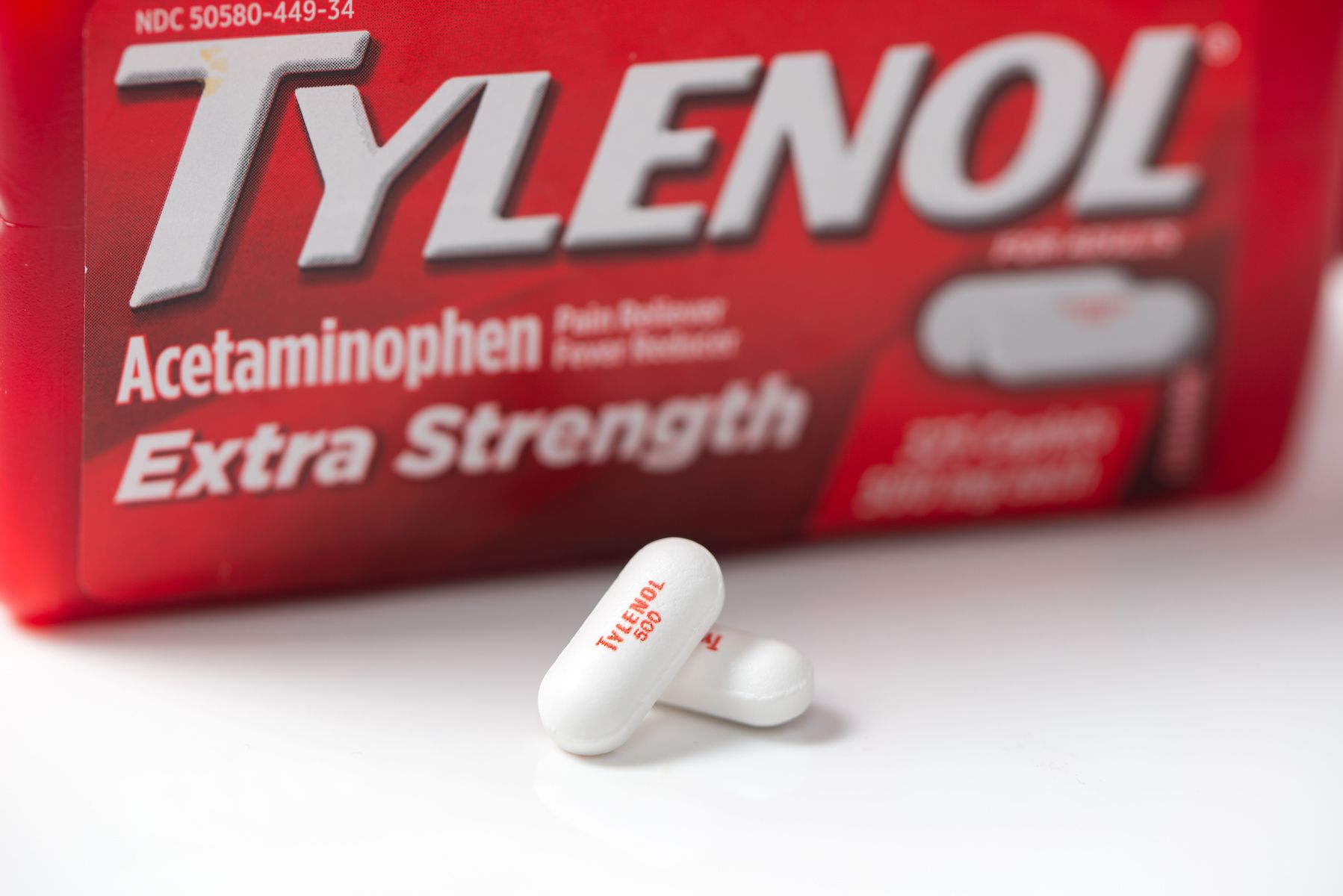
Nonopioid Pain Management
Latest News
Latest Videos
CME Content
More News

Mark Garofoli, PharmD, BCGP, CPE, CTTS, also known as “the Pain Guy,” discusses his initial reactions upon learning about the Trump Administration linking acetaminophen use with autism.

As part of the guidance, the FDA emphasizes drug development, specifically with trial design, patient populations, and outcomes such as reducing the need for opioids.

A range of evidence-based strategies for managing menstrual pain, such as heat therapy and gentle exercise, can help improve menstrual pain.

Palmer addresses the limitations of alternative methods such as acetaminophen, herbal supplements, and cannabis products, urging patients to consult health care professionals.

Chronic pain affects many older adults, highlighting the need for safe acetaminophen use and effective pain management strategies.

Acetaminophen exposure can increase the risk of perforation, ulceration, bleeding, heart failure, hypertension, and chronic kidney disease.

The new approval is the first nonopioid option for moderate to severe acute pain in adults.

Pharmacists are well positioned to screen for diversion, monitor for opioid use disorder, and educate patients on opioid-related risks.

There were no statistically significant differences between cognitive behavioral therapy and mindfulness-based therapy in reducing the dosage for chronic lower back pain.

Traditional approaches have typically relied on oral medications, which can expose the entire body to potentially harmful adverse effects.

According to poison control data, many children aged 0 to 17 experience toxicity from over-the-counter analgesics like ibuprofen and acetaminophen.

As pharmacists move away from opioids in pain management, researchers present the use of supplemental OTC products to assist patients’ acute pain.

With minimal pharmacological treatments coming to market for chronic pain, researchers have explored new technologies for advancing pain treatment across the globe.

Cebranopadol met its primary endpoint of reduction in pain intensity as measured by the Pain Numeric Rating Scale (NRS) area under the curve from 2 through 48 hours.

In a third installment of our interview series with Chris Robinson, MD, PhD, we looked at the future of pain management and emerging technologies being used for treatment.

In a search for new treatment and prevention strategies for pain in patients with fibromyalgia, researchers explored bioavailable nutraceuticals and phytochemicals like polyphenols.

Chris Robinson, MD, PhD, joined Drug Topics to discuss the importance of education in newly explored technologies for the treatment of pain.

Researchers investigated the pharmacological management of chronic orofacial pain and provided guidance on its proper treatment.

Physician with expertise in pain research discussed emerging technologies in the future of pain medicine and how they must be adapted to improve patient outcomes.

Patients with musculoskeletal pain were treated with cryotherapy spray to assess its use in providing immediate and sustained pain relief.

Researchers investigate the effects of subanesthetic doses of esketamine for the treatment of pain and cognition in patients undergoing surgery.

A discussion on the new nonopioid selective NaV1.8 pain signal inhibitor with Madison Irwin, PharmD, BCPS.

For patients with atopic dermatitis reporting moderate-to-severe scratching, researchers explored the efficacy of an AI-enabled wearable sensor with closed-loop haptic feedback.

Cardiovascular health is known to be associated with the probability of having active or developing migraine in the future.

Researchers conducted a review of clinical studies to better understand non-oral drugs for the treatment of pain related to herpes zoster.


































































































































